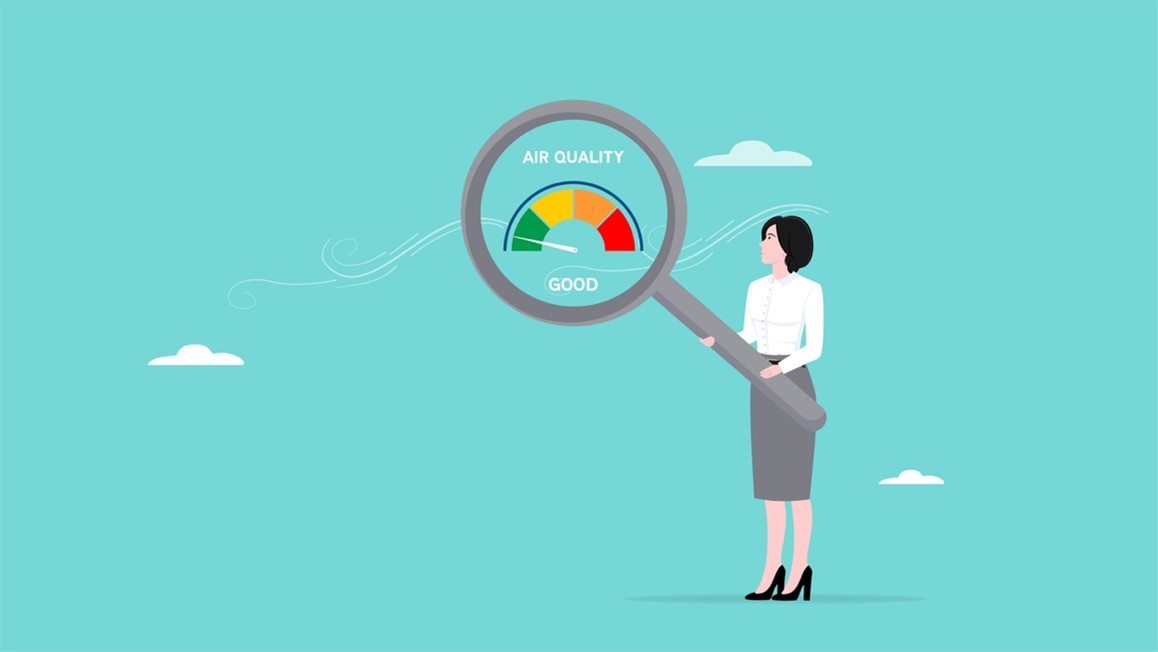Modern K-12 procurement has evolved from simple purchasing to complex and strategic management that encompasses supply chain disruptions, evolving compliance requirements, budget constraints, and mounting stakeholder expectations. In recent years, procurement teams have been facing elevated expectations and diminishing recourses in which to meet those expectations. This creates an environment ripe for burnout.
With educator well-being at the forefront of leadership conversations, it’s time to extend that care to those keeping our school systems functional behind the scenes. Here’s how school leaders can help their procurement teams not only avoid burnout but truly thrive—even in today’s challenging K-12 landscape.
What is Burnout?
Burnout isn’t just a buzzword; it’s a proven risk in high-pressure, service-oriented environments. For procurement professionals, the threat is acute. Burnout is a state of emotional, physical, and mental exhaustion caused by prolonged or excessive workplace stress. It’s characterized by feelings of being drained, cynical about one’s job, and a sense of reduced professional accomplishment. Burnout is a syndrome resulting from chronic workplace stress that hasn’t been managed effectively.

Key stressors unique to K-12 procurement
To understand how to support procurement professionals and teams it is important to identify the stressors occurring in your school environment. The following stressors are common for many procurement officers: constantly shifting regulations at the state and federal level that need to be monitored, tight budgets combined with imperative resources that cannot always to supplied, and complex relationships with stakeholders that need to be adeptly navigated. These pressures can erode even the most resilient professionals if not proactively addressed.
How to Identify Burnout in Yourself and Others:
Recognizing key signs of burnout in yourself and in others early is critical. Prevention is far more effective than repair. Have you noticed any of the following in your team?
- Physical and emotional exhaustion: Feeling spent, irritable, or apathetic.
- Depersonalization: Growing detached or cynical, especially toward stakeholders.
- Decreased efficacy: Difficulty concentrating, dropping productivity, or missed details.

How Can School Leaders Build Burnout-Resistant Teams?
Drawing from recent research and professional recommendations, here are foundational strategies anyone facing a demanding role can use to hold burnout at bay:
1. Set Boundaries and Prioritize Tasks
Help staff define work hours and stick to them. After-hours emails quickly diminish morale and resilience. Encourage staff to delay non-urgent tasks. Procurement work is never “done,” discerning what truly matters preserves energy for the essentials. Also try to regularly review priorities. In fast-changing K-12 environments, yesterday’s urgent request may not be today’s priority.
2. Provide Ways for Staff to Cultivate Mindfulness and Stress Management Habits
Encourage staff to incorporate mindfulness techniques—deep breathing, short walks, or brief desk meditations—to disrupt stress cycles. Journaling, even five minutes a day, can help staff process stress and clarify thinking. Provide staff with access to apps such as Mindspace and allow them time during the day to make use of these apps. Even ten minutes a day of a guided meditation can greatly reduce stress and fend off burnout.
3. Help Staff Embrace Self-Care Routines
Provide ways for your staff to access physical activity—even a brisk walk around the school grounds with a colleague can boost mood and sharpen focus. Stress the importance of sufficient sleep, balanced meals, and hydration to keep cognitive energy high.
4. Leverage Social Connections
Help staff understand the importance of reaching out to colleagues or mentors when frustration builds. Build camaraderie by recognizing team wins—big or small. A supportive environment diffuses tension and fosters resilience.
5. Schedule Genuine Breaks
Provide ways for staff to take lunch away from their desks. Even short mental resets can rejuvenate focus for the afternoon push. Help staff take time off and disconnect. Encourage teammates to use their vacation days fully and model this behavior as a leader.
6. Invest in Personal and Professional Growth
Encourage staff to pursue new skills—online courses or workshops re-engage curiosity and build confidence. Help staff seek new challenges in a controlled manner, reframing tasks as opportunities for growth, not just more to do.
7. Lead With Empathy
Procurement professionals’ well-being is a bellwether for district health. Foster an environment where excellence is sustainable by modeling boundaries and limiting your own after-hours communication. Remember to listen closely and make space for your staff to share challenges—before they reach a tipping point. Be sure to champion transparency about workload and resource limitations with wider staff, ensuring procurement isn’t unfairly pressured by unrealistic requests. And always celebrate procurement’s impact—from the little wins (the delivery of art supplies on time!) to the big ones (sourcing major cost savings that keep programs running).
8. Seek Help Early
Provide ways for staff to utilize EAPs, counseling, or peer support. Normalize asking for help, and recognize that addressing burnout is a sign of professionalism, not weakness.
K-12 procurement professionals are vital to student success—even if their work happens out of sight. By actively putting into place burnout prevention strategies, school leaders can ensure their procurement teams avoid burnout and, more importantly, flourish. Your schools—and your students—will reap the rewards.
 Leslie Stebbins is the director of Research4Ed. She has more than twenty-five years of experience in higher education and K-12 learning and instructional design. She has an M.Ed. from the Technology Innovation & Education Program at the Harvard Graduate School of Education and a Master’s in Library and Information Science from Simmons College. Program
Leslie Stebbins is the director of Research4Ed. She has more than twenty-five years of experience in higher education and K-12 learning and instructional design. She has an M.Ed. from the Technology Innovation & Education Program at the Harvard Graduate School of Education and a Master’s in Library and Information Science from Simmons College. Program








